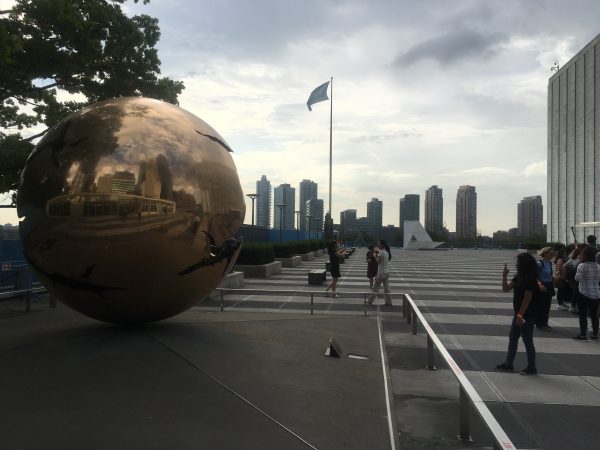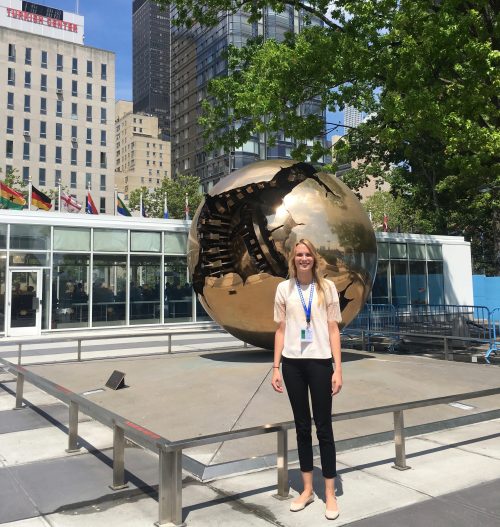
This post is from Pure Earth summer intern Taylor Carroll (pictured above), an environmental studies major in her senior year at Lehigh University.
Recently, over 1,000 delegates from all over the world met at the United Nations headquarters in New York City for the Youth Assembly. This three-day conference placed an emphasis on youth engagement in the implementation of the Sustainable Development Goals (SDGs). I attended as a representative of Pure Earth, as well as Lehigh University.
The first morning involved a variety of keynote addresses. And although UN Secretary-General Ban Ki-Moon could not attend in person, Dr. David Nabarro, Special Advisor on the 2030 Agenda for Sustainable Development, read a speech prepared for us.
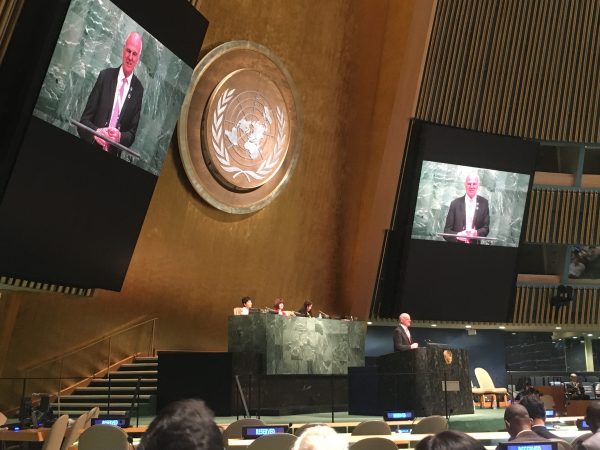
“The SDGs are 17 interlinked and complimentary goals that are a visionary map for how we live with each other and care for the environment that sustains us,” said UN Secretary-General Ban Ki-Moon in the statement.
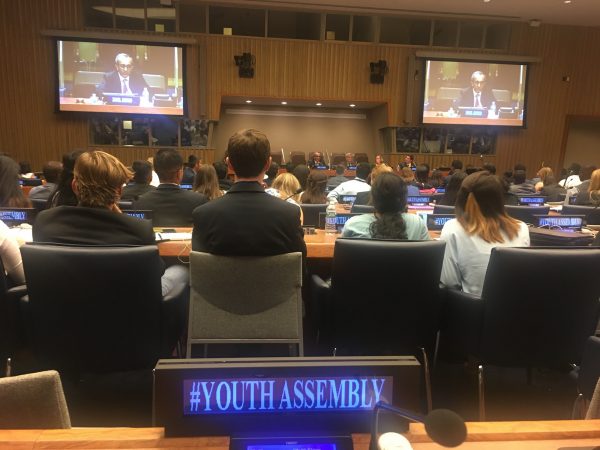
Following the keynote speakers, we spent each morning and afternoon in two different sessions addressing two different SDGs. In these sessions we broke off into small groups to complete a variety of tasks. During this time we were able to cultivate relationships with one another and meet people from every corner of the world.
This was a great opportunity to gain a broader perspective on world issues and learn about other student delegates’ passions and the challenges they face at home.
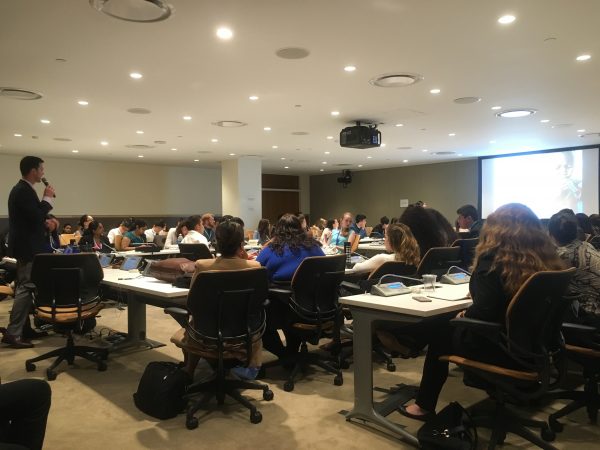
I met a young man from Liberia looking to create a start-up working on ocean acidification, an industrial engineer from Germany, a future lawyer from Australia, an international relations student from China, a medical student from Venezuela, and many many more.
All, the delegates I spoke with were impressed with the role Pure Earth played in expanding target 3.9 from just air pollution to all types of pollution.
During the session on SDG 2 (Zero Hunger), speaker Steve Lee, Founder and Executive Director, Foundation for Environmental Stewardship, explained that climate change also impacts hunger and showed some harrowing images of flooding in Bangladesh from rising sea levels.
When we broke into groups following that, one of the delegates in my group was from Bangladesh and those images are his reality. When the shores flooded villages and homes were destroyed, along with all their crops. He came to the UN to advocate for his country and people.
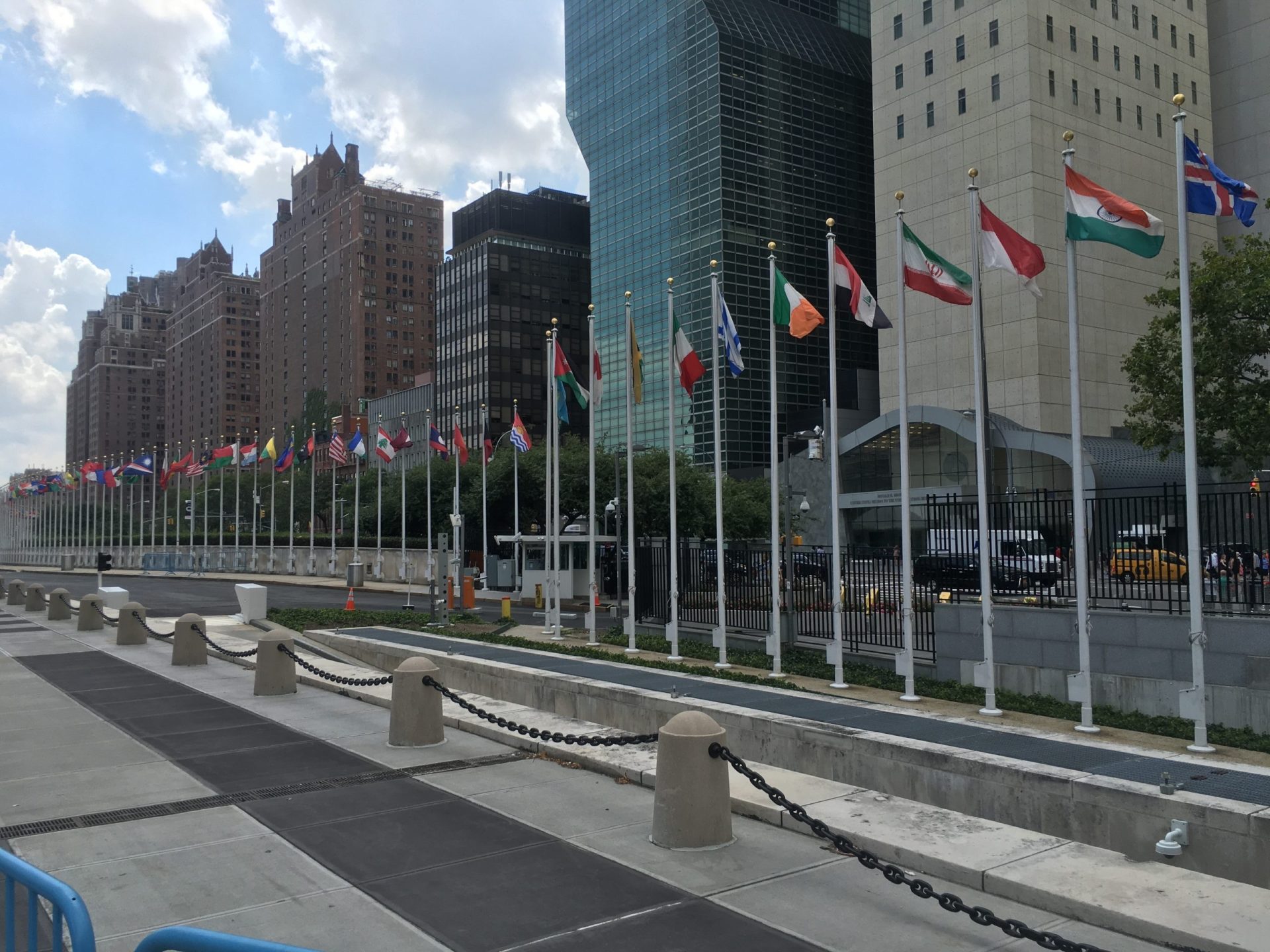
When I shared my summer intern experience at Pure Earth, one delegate from the Philippines was extremely interested in our work, especially after learning about our project in the Philippines. It was a great way for me to connect with her and learn more about the problems her country faces.
Other delegates from the developing world expressed interest in the work of Pure Earth, especially since they could relate to the pollution problems that we’re working on, as they are part of their daily life.
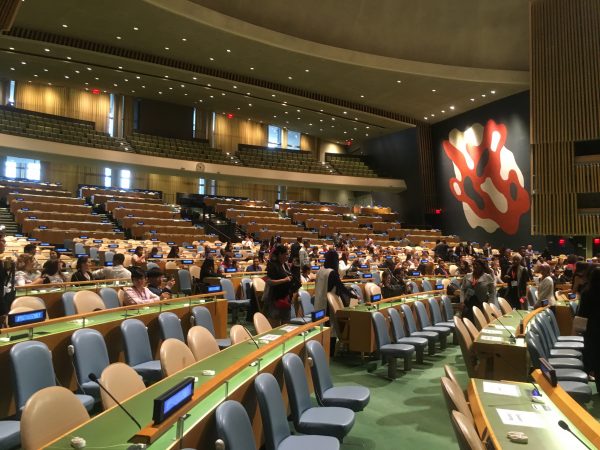
From the MDGs to the SDGs
In many sessions, we examined the progression from the Millennium Development Goals (MDGs) to the SDGs, and there was unanimous agreement that we need to learn from the MDGs and do better with the SDGs.
As a group, we recognized that development hasn’t been great for all countries. Many have been left behind and now face a variety of complex issues and challenges involving human rights, climate change, poverty, and more.
But the SDGs offer a focal point to change and address these problems, as well as promote development strategies that work for everyone.
Part of this involves a variety of development goals that every country can strive to meet. Although priority is placed on developing nations that are furthest behind, developed ones are equally responsible to adapt to these goals as well.
This requires a holistic approach.
To be successful in reaching these aggressive goals by 2030, all parts of society must work together. The public and private sector must engage with one another, as well as with civil society.
Dr. David Nabarro, who gave his own address to the delegates, found this to be true early on in his career.
During medical school, he quickly realized that many of the patients he treated ended up back in the hospital because of poor living conditions. Treating people in hospitals was simply not enough. So he started to look at the underlying causes of illness and shifted from treating individual patients to working on the underlying causes of illness–public health.
He learned the importance of working with community organizations to deal with health-related issues, rather than just fellow doctors. Early on, he learned the value of building partnerships between civil society, government, private sector, and local populations.
Interconnected Goals
Just as living conditions impact health, all of the SDGs impact one another and it’s important to view all of them as interconnected in order to achieve sustainable and long-term solutions.
Although one person may be devoted to ending hunger, we all must recognize that no one issue is more important than another. When we achieve success in one goal, we achieve success in all goals.
We all recognized that an interconnected approach is crucial in obtaining these goals and we also realized that this brings some additional challenges.
For one, different sectors speak different languages. Commonly-used phrases or terms by economists may be vastly different than those used by environmentalists, this often makes coordination between different sectors a bit more challenging.
It’s easy and more comfortable to do work within your sector rather than having to coordinate efforts with other sectors. Many of us feared that as time goes on, people will revert to old habits and focus solely on their sector.
And although the UN created the High Level Political Forum in an effort to combat this (it’s meant to review the implementation of the SDGs, address challenges and enhance the integration of the different goals and sectors), we still worried that this is not enough.
With this being said it’s important that all youth delegates bring their knowledge and experience from the assembly to their home countries. We know what challenges we face in terms of implementation and need to address them as we move forward.
These challenges are something we need to constantly work on. And during the conference we overcame these challenges by working in group settings.
Working with people from different backgrounds made us realize that we really aren’t that different. By having an open mind and working with one another, we were able to come up with solutions to the different problems that were presented to us, while gaining a unique perspective on the different issues and goals.
This is something we can all bring back to our home countries and use as we work towards creating a more sustainable world.
